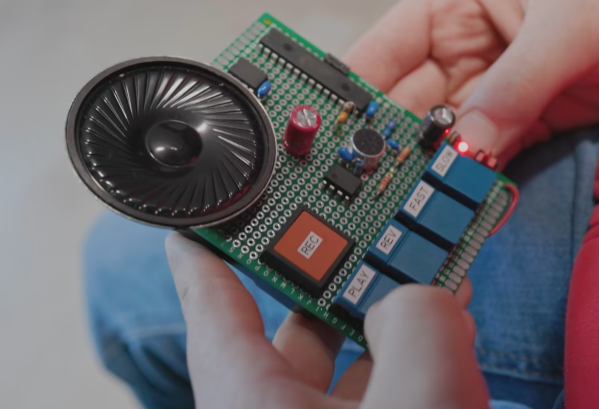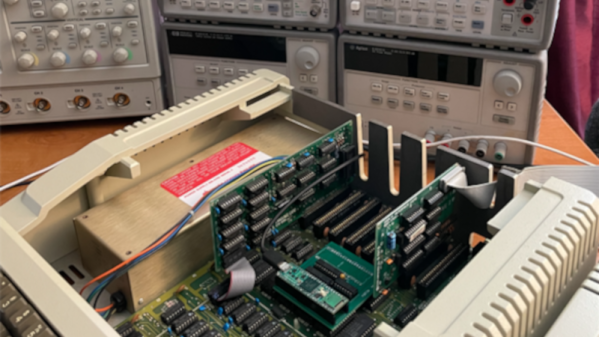While there are plenty of places around the world to get a great cup of tea, no one has quite burned it into their culture like those in the United Kingdom. While they don’t have the climate to grow the plants themselves, they at least have figured out the art of heating water extremely rapidly in purpose-built electric kettles while the rest of us wait to heat water on our stoves and microwaves. But that’s still not fast enough for some, like [Finlay Shellard], who just completed this jet-powered tea kettle.
[Finlay] took some inspiration cues and parts from another jet engine he had on hand that was powering his toaster. This is a pulse jet design, which is welded together from laser-cut pieces of sheet metal with guides welded in place to allow water to flow around the combustion chamber and exhaust. Pressurized water sits in a reservoir at the top of the engine, and when it is up to temperature, a valve allows it to flow to the engine to heat up. When it has passed the jet engine section, it passes a tea bag holder and then out of a spout at the end of the engine.
A few tests at 100 PSI had the hot tea exiting the engine in a non-linear fashion, so the pressure was reduced. The device now makes tea at incredibly fast speeds, with the only downsides being access to some sort of jet fuel, and also the need for a protective hearing device of some sort. For anyone attempting to do this themselves, take a look at this build which includes a turbocharger design for improved efficiency of the pulse jet itself.

















